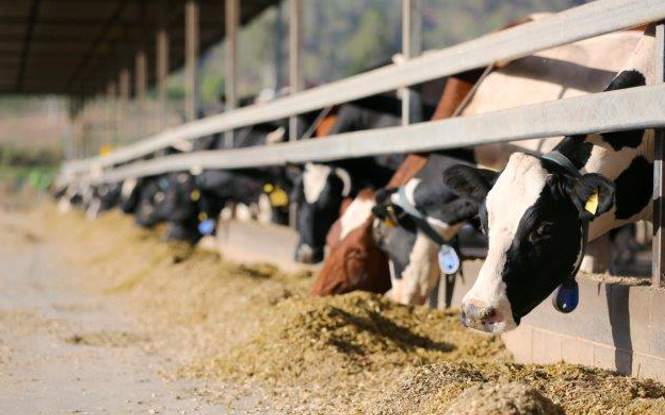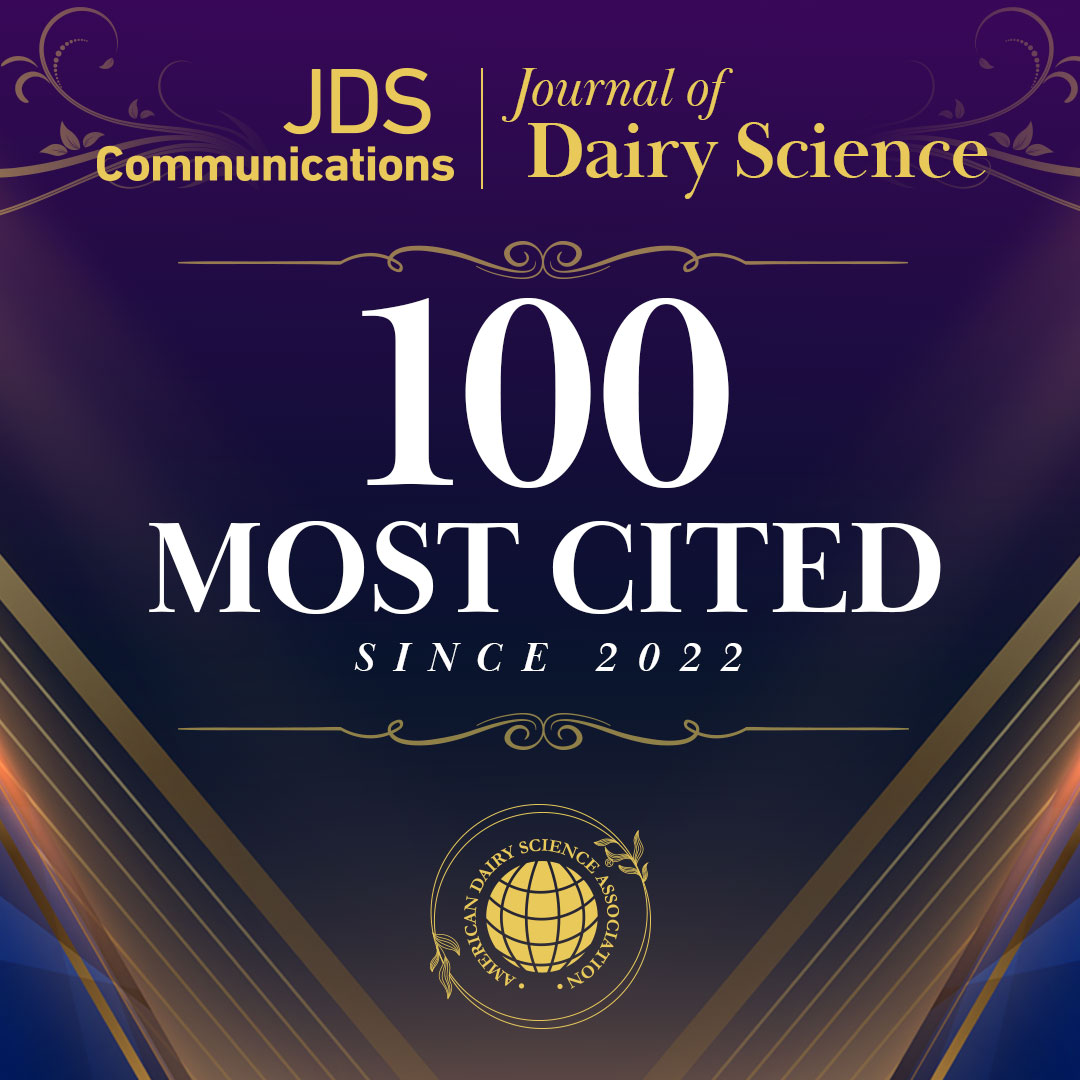Getting more milk from cows
Cows tend to produce more milk with each lactation. But cows in Australian dairy herds are young. Only 10% of cows produce milk for five lactations or more and about 60% of the average national milking herd has calved twice or less.
Optimising the productive life of dairy cows ensures dairy farm businesses receive the best return on their investment from rearing the calf; it also increases milk production and reduces the environmental footprint of individual cows.

Research approach
This project combines information from existing large cow data sets with real-world, extensive monitoring of up to 30 Australian dairy herds. Half of the 30 Australian herds included are pasture based, the rest run intensive systems. These herds are supplying herd test and farm management records for monitoring.
Researchers provide these farms with specific termination codes to input into their farm software to provide additional detail about the cause of individual cow culling. Blood samples are being taken from certain cows at various times throughout its to provide additional health information and potentially identify biomarkers indicating illness.
The initial dataset for this analysis includes detailed health and reproduction data from 36,000 cows across 13 countries including Australia, Canada, and the United States of America. Researchers are analysing this data set at an individual cow level, searching for key disease risk factors. Herd records and information from Datagene is also being used in this analysis.
Progress
Project Update (September 2025)
Dairy UP’s P2 project aims to unlock the potential of dairy cows to achieve their genetic potential under NSW conditions.
Abstract (2025 American Dairy Science Association)
Do cows in total mixed ration systems have old lipid profiles compared to pasture-based cows?
Abstract (2025 American Dairy Science Association)
Investigating genotype and environment effects on the rumen microbiome.
Publication (April 2025)
Associations among body condition score, body weight, and serum biochemistry in dairy cows.
Publication (November 2022)
Holstein dairy cows lose body condition score and gain body weight with increasing parity in both pasture-based and total mixed ration herds.
Publication (October 2022)
Associations of parity with health disorders and blood metabolite concentrations in Holstein cows in different production systems, Journal of Dairy Science 105.
Publication (August 2022)
Increased parity is negatively associated with survival and reproduction in different production systems.
Presentation (November 2021)
Imagine if you could retain your best performing older dairy cows, without the increased risk of illness or reproduction failure that can come with age.
Project Lead

Dr Ian Lean
Managing Director | Scibus
You can help
If you are interested in this project or think you may want to be involved at some stage, please contact anyone from the team below.
Project Team:
-
- Andrew Lean – Scibus – andrewl@scibus.com.au
- David Sheedy – USyd – david.sheedy@sydney.edu.au
- Helen Golder – Scibus – heleng@scibus.com.au
For more information contact Dr Ian Lean (ianl@scibus.com.au) or Prof. Yani Garcia (sergio.garcia@sydney.edu.au). This research is funded by the Dairy UP initiative (https://dairyup.com.au/) and it is expected to benefit all farmers with kikuyu pastures.


